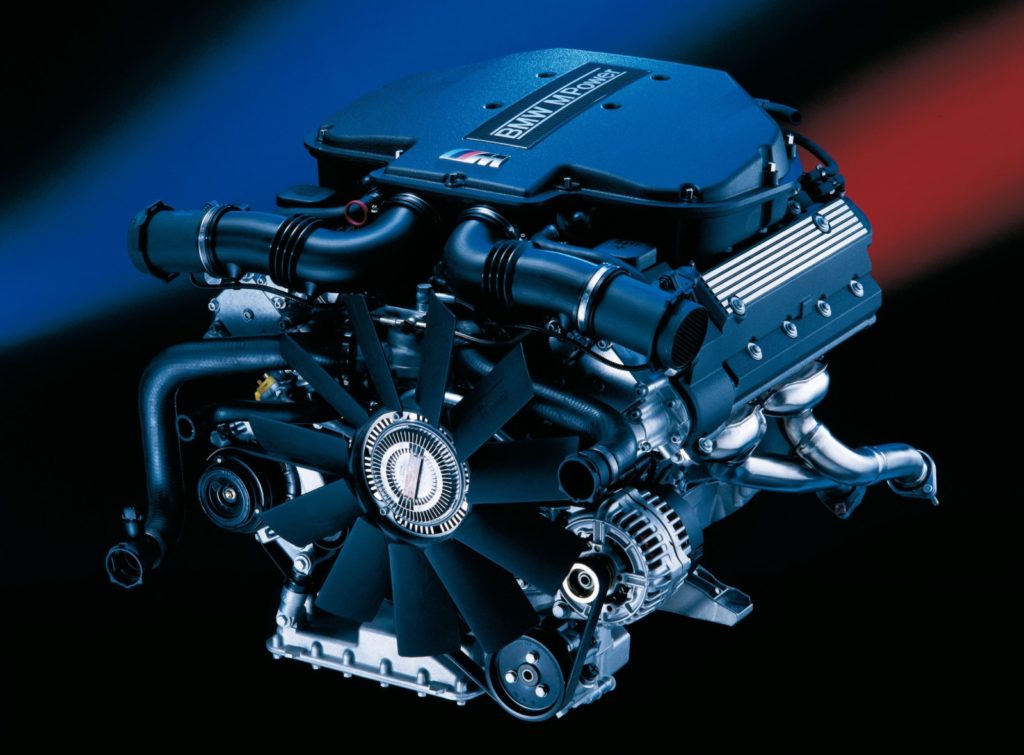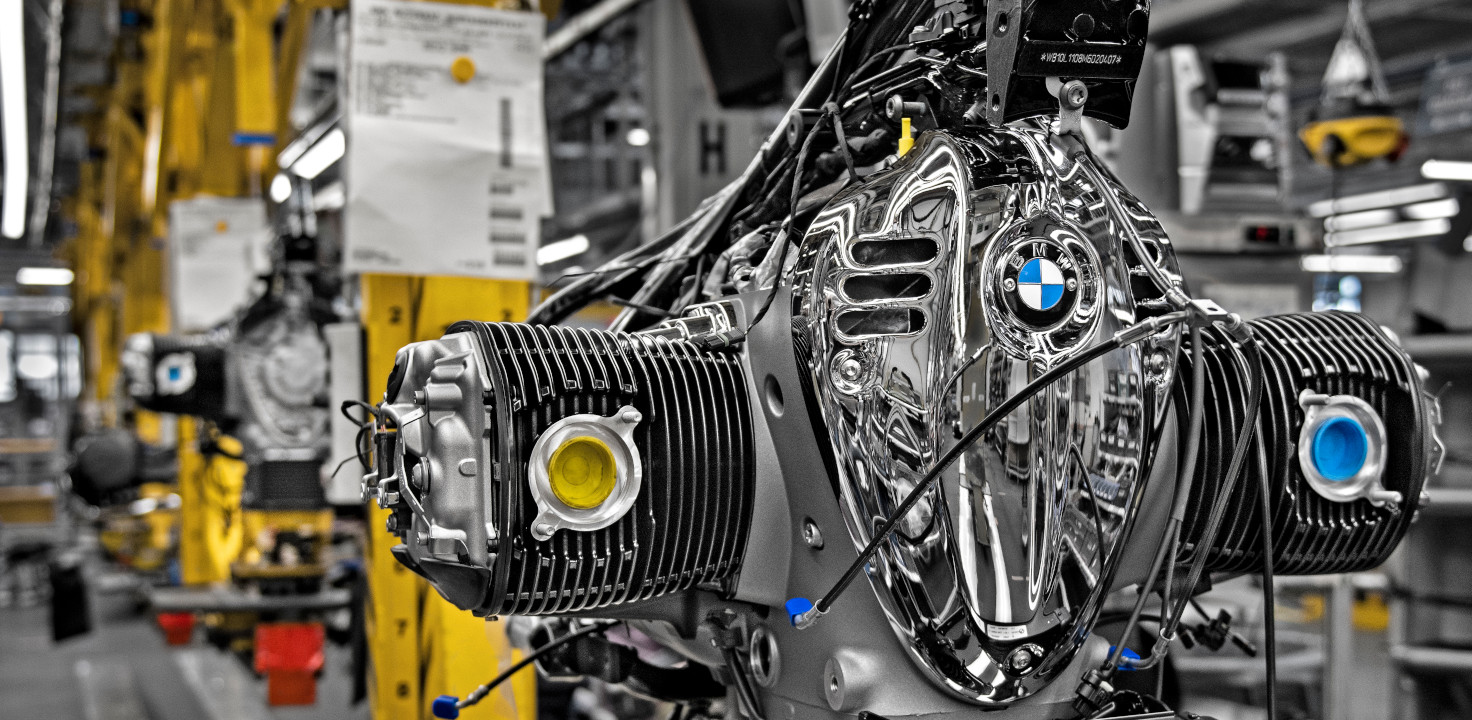Top 5 BMW Engine Technologies Revolutionizing the Automotive Industry
Wiki Article
Checking Out the Development of Burning Engines in Modern Transportation Systems
As we navigate the landscape of modern-day transport, the development of burning engines stands as a testament to human ingenuity and design expertise. The interplay of background, modern technology, and environmental concerns in forming the trajectory of burning engines develops a narrative that is both compelling and insightful.Early Beginnings of Combustion Engines
How did the idea of combustion engines very first arise in the very early phases of transportation advancement? The roots of burning engines can be mapped back to the 17th century when the principles of interior combustion were initial checked out.The development moment included the development of the first successful gasoline-powered engine by Karl Benz in 1885 - bmw engine. This engine led the way for the growth of the contemporary automobile, transforming transportation systems worldwide. Subsequent innovations by Nikolaus Otto and Gottlieb Daimler better refined combustion engine innovation, leading to the automation of automobiles and the quick expansion of the transportation industry
These early burning engines were identified by their simpleness and efficiency, laying the foundation for the complicated and powerful engines utilized in modern-day transport systems. The advancement of burning engines has been important in forming the means we take a trip and transfer items, marking a significant turning point in the history of transport development.
Shift to Internal Burning Technology
The shift to interior combustion innovation marked a critical shift in the development of transport systems. This change started in the late 19th century, with creators like Nikolaus Otto and Gottlieb Daimler developing the initial successful inner burning engines. These engines revolutionized transportation by providing an extra powerful and efficient choice to vapor engines and electrical motors.Among the vital advantages of inner burning engines was their ability to be reduced to fit into automobiles, causing the growth of motorbikes and automobiles. This change from large, stationary engines to small, mobile ones led the way for the modern transport systems we see today.
The change to inner combustion technology also stimulated innovations in gas modern technology, leading to the development of gasoline and diesel as main gas resources for lorries. This shift not just made transport a lot more easily accessible to the masses yet also laid the structure for the oil and gas sector to become essential to international economic climates.
Influence of Combustion Engines on Transportation
The fostering of combustion engines in transport systems catalyzed an extensive change in the efficiency and speed of worldwide wheelchair. Burning engines transformed transport by providing a functional and dependable resource of power for various vehicles, consisting of automobiles, aircrafts, ships, and trucks. This development dramatically improved the capability for people and goods to conform cross countries in much shorter timespan, bring about enhanced connectivity in between regions and countries.In addition, the prevalent use combustion engines has actually had a considerable influence on economic development. The capability to transport products efficiently has actually spurred profession and commerce, allowing businesses to expand their markets and get to consumers worldwide. This has facilitated economic development and globalization, their explanation as products can now be transported quicker and in bigger quantities than in the past.
However, the environmental impact of combustion engines can not be overlooked. The combustion of nonrenewable fuel sources has caused air pollution and greenhouse gas emissions, adding to climate adjustment and presenting health and wellness threats to populaces. bmw engine. Consequently, there is a growing focus on developing alternative propulsion modern technologies to minimize these unfavorable impacts and develop an extra lasting future for transportation
Advancements in Burning Engine Design
One noteworthy innovation is the development of turbocharged engines, which use exhaust gases to drive a turbine that presses incoming air, enabling for more gas to be charred, resulting in enhanced power outcome without a significant boost in engine size. Variable valve timing systems have actually additionally reinvented engine layout by maximizing airflow at various engine rates, enhancing both power and efficiency. These innovations collectively add try here to the continuous renovation of burning engines in modern-day transportation systems.Future Fads in Burning Engine Growth
With technology improvements driving continual advancement, the future of burning engine development is positioned to change transportation systems worldwide. One of the vital trends in combustion engine growth is the press in the direction of better efficiency and decreased exhausts. Manufacturers are spending heavily in r & d to boost engine efficiency while meeting rigorous environmental regulations. This includes the combination of innovative gas shot systems, improved turbocharging techniques, and using lightweight materials to enhance gas intake and reduce carbon exhausts.An additional popular trend is the adoption of crossbreed modern technologies in burning engines. Crossbreed engines combine standard burning innovation with electric power, using boosted gas performance and reduced exhausts. As the auto industry shifts in the direction of electrification, crossbreed burning engines are viewed as a transitional service that connects the space between standard automobiles and totally electric ones.
In addition, the assimilation of wise modern technologies, such as man-made intelligence and information analytics, is anticipated to play a significant function in the future of burning engine development. These modern technologies can optimize engine performance in real-time, causing much more reliable burning procedures and boosted general vehicle efficiency. Read Full Article Accepting these future patterns will certainly not only drive technology in combustion engine growth yet likewise add to a much more eco pleasant and lasting transport ecological community.

Final Thought
To conclude, the advancement of combustion engines in modern transport systems has been marked by significant advancements in modern technology and design. From the very early starts of combustion engines to the change to interior burning modern technology, these engines have had an extensive impact on transport. Developments in combustion engine style remain to drive development in this field, with future trends concentrating on additional enhancing effectiveness and minimizing discharges. The future of combustion engines in transport looks promising as r & d efforts remain to push borders.The origins of burning engines can be mapped back to the 17th century when the concepts of inner burning were first explored. These engines revolutionized transport by supplying a more powerful and efficient option to heavy steam engines and electrical motors.

Report this wiki page